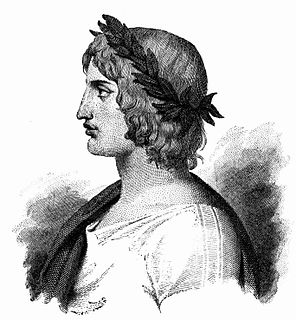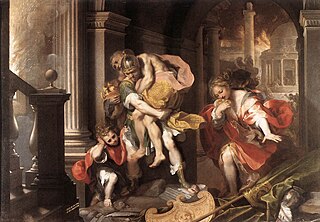
Pierre Jules Théophile Gautier was a French poet, dramatist, novelist, journalist, and art and literary critic.

Alfred Louis Charles de Musset-Pathay was a French dramatist, poet, and novelist. Along with his poetry, he is known for writing the autobiographical novel La Confession d'un enfant du siècle.
La Légende des siècles is a collection of poems by Victor Hugo, conceived as an immense depiction of the history and evolution of humanity.
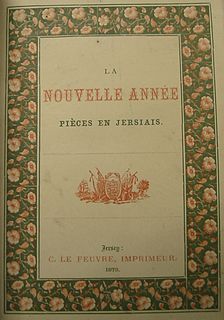
Jèrriais literature is literature in Jèrriais, the Norman dialect of Jersey in the Channel Islands.
La Fin de Satan is a long religious epic by Victor Hugo, of which 5,700 lines were written between 1854 and 1862, but left unfinished and published after his death.
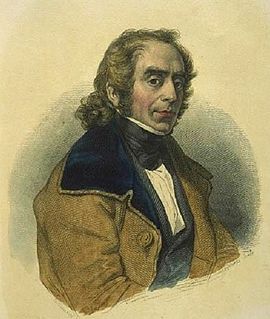
Jacques Étienne Victor Arago was a French writer, artist and explorer, author of a Voyage Round the World.
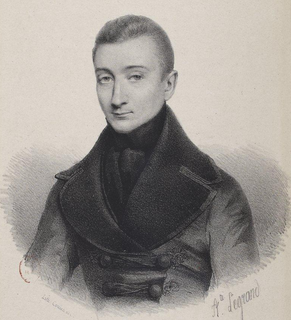
Xavier Forneret was a French writer; poet, playwright and journalist.

Après une lecture du Dante: Fantasia quasi Sonata is a piano sonata in one movement, completed by Hungarian composer Franz Liszt in 1849. It was first published in 1856 as part of the second volume of his Années de pèlerinage. This work of program music was inspired by the reading of Dante Alighieri's most famous epic poem, the Divine Comedy.

Georges Raymond Constantin Rodenbach was a Belgian Symbolist poet and novelist.

Francis Jammes was a French poet. He spent most of his life in his native region of Béarn and the Basque Country and his poems are known for their lyricism and for singing the pleasures of a humble country life. His later poetry remained lyrical, but also included a strong religious element brought on by his "conversion" to Catholicism.
The poems of Victor Hugo captured the spirit of the Romantic era. They were largely devoted to 19th-century causes. Many touched on religious themes. Initially they were royalist but soon became Bonapartist, Republican and liberal. Hugo's poems on nature revealed a continuing search for the great sublime.

Toute la Lyre is a posthumous collection of poems by Victor Hugo. The collection includes unpublished poems during his lifetime including love poems to Léonie d’Aunet.

Paul Meurice was a French novelist and playwright best known for his friendship with Victor Hugo.
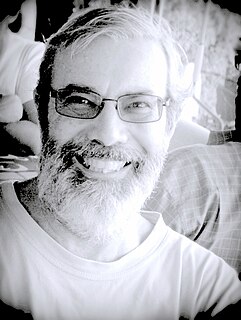
Georges Voisset is an Agrégé in French Literature, former Fellow of the Ecole Normale Supérieure of Paris and Professor of Comparative Literature at the University of the French West Indies and Guyane. Literary critic and translator, he is the author of more than a dozen books and numerous articles and essays. He has travelled widely and lived in several Asian and African countries as a university lecturer and director of French cultural institutes under the French Foreign Service.
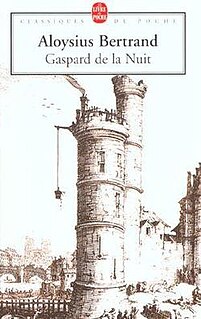
Gaspard de la Nuit — Fantaisies à la manière de Rembrandt et de Callot is a compilation of prose poems by Italian-born French poet Aloysius Bertrand. Considered one of the first examples of modern prose poetry, it was published in 1842, one year after Bertrand's death from tuberculosis, from a manuscript dated 1836, by his friend David d'Angers. The text includes a short address to Victor Hugo and another to Charles Nodier, and a Memoir of Bertrand written by Sainte-Beuve was included in the original 1842 edition.
Jules Lefèvre-Deumier was a French author and poet.
Le Lac is one of the most famous poems of Lamartine, in the Méditations poétiques published in 1820.
Ernest Fouinet was a 19th-century French novelist and poet.
Auguste de Châtillon was a French painter, sculptor and poet. He was born and died in Paris. He, Théophile Gautier, Gérard de Nerval and Arsène Houssaye formed the "bohème du Doyenné".





